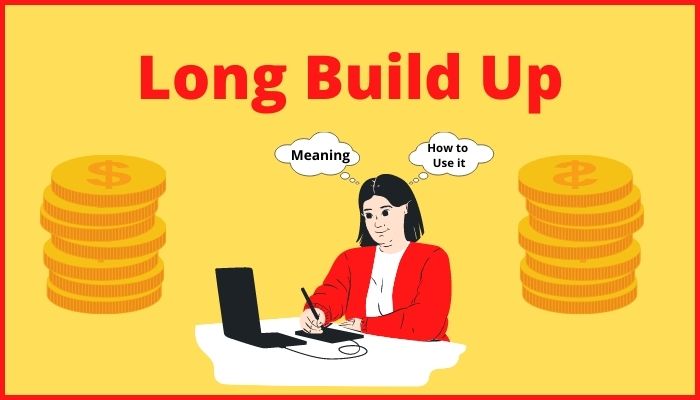Short covering is one factor that helps the stock market index rise the majority of the time. Nevertheless, let’s discuss What is Short Covering with an example to understand it properly.
Table of Contents
What is Short Covering?
Short Covering Meaning is the technique of buying back borrowed equities to complete an active short position profitably or at a loss.
It involves the purchase of the identical stock that was originally sold short, as well as the return of the securities borrowed for the short sale.
Short covering is the process of finishing off a short position by utilising purchase to cover trades to buy back stocks that were originally borrowed to sell short.
It can result in a gain (if the asset is bought back at a lower price than when it was sold) or a loss (if the asset is bought back at a higher price than when it was sold).
Example About shorts covering
For instance, a trader sells short 100 stocks of ABC which is trading on NSE at INR 250, believing that the stock will fall in value.
When ABC falls to INR 220, the investor purchases it back to cover the short position, making a profit of INR 3,000.
So short covering means purchasing to cover, it is when a trader purchases securities to protect an open short position.
The short-sale transaction is considered to be completed when the buyer acquires the number of stocks that he or she sold short and returns them to the borrowing brokerage.
After understanding what is short covering in share market let check out the process of it.
Process Short covering Stocks
- An trader senses a chance that the price of a particular stock on the stock exchange will drop shortly.
- The trader borrows the firm ‘s stock at the current market price.
- The borrower stocks are sold by the buyer. This is a short sale.
- The time during which a trader must wait for a reduction in share prices before closing a short transaction.
- When the stock price falls, the trader returns the borrowed securities in whole.

Note
Two events are developing in the trade in the prior period. One possibility is that share prices will decline as expected. So because trader will exit the short position lower, the result will inevitably result in gains.
Profit is the gap between entry and exit. If the stock price rises, the trader will lose money since he would have to pay a greater amount to purchase the shares again.
How does it work?
If a short position is completed at a lower price than the original trade, it will benefit; if it is completed at a greater price than the original trade, it will lose money.
When a stock experiences a large amount of short covering, it may experience a short squeeze, in which short sellers are pushed to liquidate positions at ever increased costs as they make a loss and their brokerage issue margin calls.
When a share with a lot of short interest is exposed to a “buy-in,” it can happen unexpectedly. When a broker-dealer closes a short position because the equity is highly expensive to borrow and borrowers are asking it back, this word is used.

Short Interest and Short Interest Ratio
The bigger the short interest and short interest ratio (SIR), the deeper the chance of a messy short covering. The earliest phases of a rally after a significant bear market, or a continuous downturn in a share or other asset, are usually attributed to short covering.
Due to the potential of uncontrolled losses in a significant rise, short sellers often keep their positions for a shorter amount of time than long sellers.
As a consequence, short sellers are usually fast to cover short positions when market stock mood or a stock’s fortunes backfire.

Conclusion
Shorting a stock can be risky and it has required pro trading knowledge as well. Before you start shorting stock please learn it properly.
This is all from our side regarding Short Covering. Let us know your views in the comment section.
Other interesting blogs related to Short Covering
Frequently Asked Questions
What does short covering indicate?
It can be indicated the expiry date of Derivatives is near or may be the target of the trader is achieved for which he had shorted the stock. One more possibility is that the stock price is going higher then the price at which the trader shorted the stock. So to protect himself from loss they do short covering.
How does short covering affect stock price?
Short covering can affect stock price in many ways. It can shoot up the price of the stock to very high levels if short covering comes due to high volume buying. However, it is not the case most of the time. Most of the short covering comes due to expiry or target achieved.
What is short covering in NSE?
Short covering refers to the act of buying a stock or assets in order to close a short position. This is accomplished by purchasing the identical number and type of stock/security that was sold short.
What happens to stock after short covering?
Short covering is an unusual scenario in which people begin buying in order to square off their positions. Since many individuals are purchasing, the price of the stock rises temporarily. Nevertheless, this price increase may not last for long. The sole reason for the price increase is because people are covering positions.
How long do you have to cover a short position?
The length of time a short position can be held is not regulated. However, it depends on the expiry date of the contract. Short selling includes borrowing stock from a stockbroker with the expectation that it would be sold on the open market and returned at a later date.

